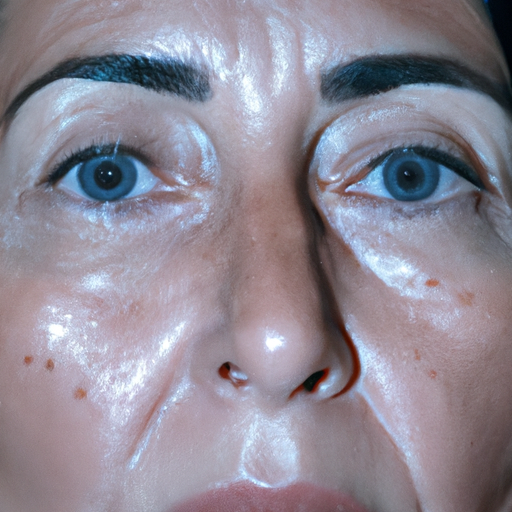Title: Unmasking Acne: A Comprehensive Examination of Symptoms and Causes
As a medical professional, I have encountered countless patients seeking solutions for acne, a common skin condition that affects millions worldwide. This article aims to unmask acne, providing a deep dive into its symptoms and causes, thus helping you understand this skin condition better.
Acne is not just a simple skin blemish. It’s a complex skin condition that can cause physical discomfort and emotional distress. Understanding the symptoms and causes of acne is the first step towards effective treatment and prevention.
Symptoms of Acne
Acne symptoms vary depending on the severity of the condition. They typically appear on the face, forehead, chest, upper back, and shoulders because these areas of the skin have the most oil (sebaceous) glands. Here are some common symptoms:
1. Whiteheads: These are closed plugged pores.
2. Blackheads: These are open plugged pores that turn brown when exposed to air.
3. Papules: These are small red, tender bumps.
4. Pustules: These are papules with pus at their tips.
5. Nodules: These are large, solid, painful lumps beneath the surface of the skin.
6. Cystic lesions: These are painful, pus-filled lumps beneath the surface of the skin.
Causes of Acne
Acne is primarily caused by the overproduction of oil, clogged pores, bacteria, and inflammation. Here’s a closer look at these factors:
1. Overproduction of Oil: The sebaceous glands produce sebum (oil) that lubricates your hair and skin. When your body produces too much sebum, it can clog your pores and lead to acne.
2. Clogged Pores: Dead skin cells often combine with sebum and form a plug in the pore. If the plugged pore remains under the skin, it can form a whitehead. If it pushes through the surface, it can form a blackhead.
3. Bacteria: Once a pore is plugged, bacteria can thrive and multiply, causing redness, inflammation, and acne.
4. Inflammation: This occurs when your body’s immune system reacts to the bacteria in the plugged pores, leading to redness and swelling.
Several factors can trigger or worsen acne, including hormonal changes, certain medications, diet, and stress. Hormonal changes during puberty or pregnancy can cause your sebaceous glands to produce more oil. Certain medications like corticosteroids, lithium, or testosterone can also trigger acne. Additionally, carbohydrate-rich foods like bread and chips may worsen acne in some people.
In conclusion, acne is a multifactorial condition with various symptoms and causes. Understanding these aspects can help you manage the condition more effectively. If you’re struggling with acne, it’s crucial to seek professional help. Dermatologists can provide personalized treatment plans based on your specific symptoms and causes. Remember, everyone’s skin is unique, and what works for one person may not work for another.
Keywords: Acne, Symptoms of Acne, Causes of Acne, Sebaceous Glands, Sebum, Pores, Bacteria, Inflammation, Hormonal Changes, Medications, Diet, Stress, Dermatologists.




